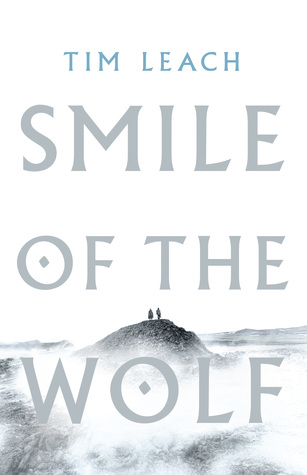 Eleventh-century Iceland. One night in the darkness of winter, two friends set out on an adventure but end up killing a man. Kjaran, a traveling poet who trades songs for food and shelter, and Gunnar, a feared warrior, must make a choice: conceal the deed or confess to the crime and pay the blood price to the family. But their decision leads to a brutal feud: one man is outlawed, free to be killed by anyone without consequence; the other remorselessly hunted by the dead man's kin. Set in a world of ice and snow, this is an epic story of exile and revenge, of duels and betrayals, and two friends struggling to survive in a desolate landscape, where honor is the only code that men abide by.
Eleventh-century Iceland. One night in the darkness of winter, two friends set out on an adventure but end up killing a man. Kjaran, a traveling poet who trades songs for food and shelter, and Gunnar, a feared warrior, must make a choice: conceal the deed or confess to the crime and pay the blood price to the family. But their decision leads to a brutal feud: one man is outlawed, free to be killed by anyone without consequence; the other remorselessly hunted by the dead man's kin. Set in a world of ice and snow, this is an epic story of exile and revenge, of duels and betrayals, and two friends struggling to survive in a desolate landscape, where honor is the only code that men abide by.
See my review here @ Goodreads
A well told story of a blood-feud in Iceland, written in the stylings of the medieval Icelandic Sagas.
Our narrator, Kjaran the Landless, a poet, a skald, a wandering minstrel, does what he does best, he tells us - the reader - the story of how he became involved in a bitter feud, and the fatal consequences of all those touched by it. To tell you more, would be to spoil the story, and like all good Viking-age poets, Kjaran must weave his tale at his own pace, revealing little by little, but never out-staying his welcome.
read excerpt here
The feud began in winter, when a dead man rose from the earth. In the distant lands where men worship the White Christ, I have heard that a ghost is not such a dangerous thing. They are creatures of no substance, who may wail and howl but cannot hurt a man. But in my country, the people are warriors even in death. Our ghosts are not shadow and air, but walking flesh. They wield their weapons with as much strength as they did in life, and more bravely, for they have nothing left to fear. And so, when we heard that Hrapp Osmundsson had crawled from his grave and begun to wander his lands at night, no man in the Salmon River Valley would leave his house after dark without a good blade at his side and a shield on his arm.
In life, Hrapp had been the terror of his neighbours, ever covetous for their lands, their women, their blood. When the winter fever came on him and he knew he was soon to die, he commanded his wife to bury him upright beneath the doorway of his house, so that he could watch over his lands even in death.
Soon enough, the stories spread throughout the dale. Thord the Sly had gone to check on his sheep at night and been set upon by a dead man carrying an axe. Erik Haroldsson, a braver man, had grappled with the creature when it came for him, but was sent running for his life with the heavy tread of the ghost behind him.
No man sought to buy the farm from Hrapp’s widow. Indeed, there was talk amongst the neighbours of selling their own lands and moving on elsewhere, though there were few farmlands so prized in all of Iceland as those in the Salmon River Valley.
For all that was spoken of the ghost, I thought it mere winter talk at first, one of those foolish tales spun to pass the long cold months of near-permanent night, when men do little but huddle round their fires and drink mead, sing songs, tell stories and wait for the sun to return. I am a collector of such tales, yet I tell only the ones I know to be true – or half-true at least. This ghost story held little interest for me.

No comments:
Post a Comment